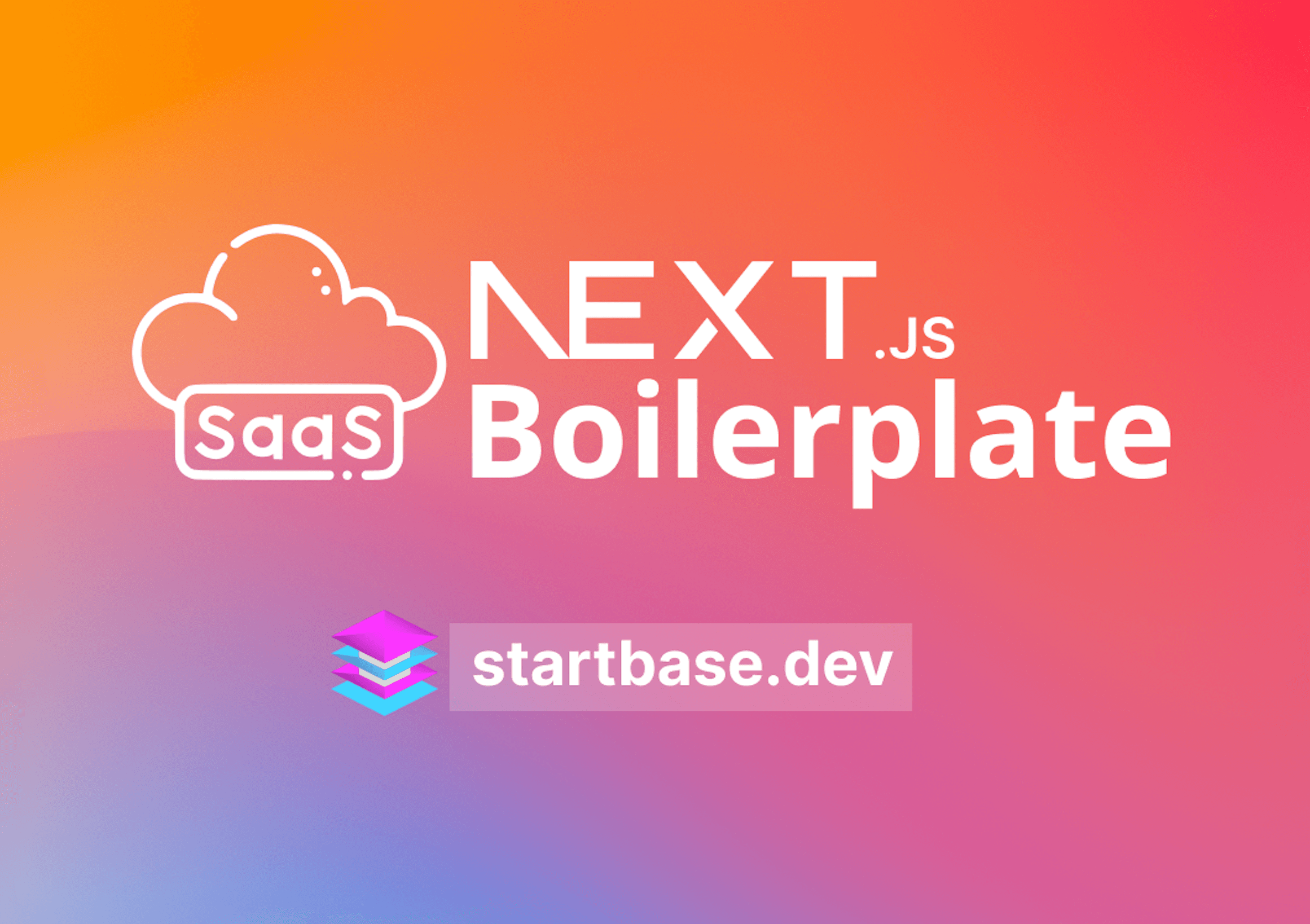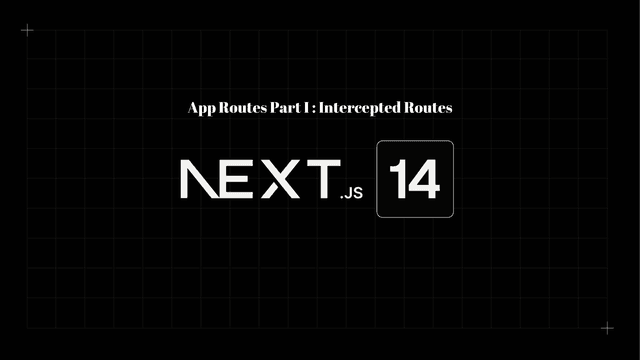Build Your SaaS Product Fast with Startbase: The Ultimate Next.js Boilerplate

Building a SaaS product from scratch takes significant time and effort. But why spend months developing basic functionalities when you can launch in days? With Startbase SaaS Boilerplate, developers can quickly set up a fully functional SaaS application, allowing them to focus on what matters most: growing their business. Powered by Next.js, Startbase offers a robust set of pre-built components and integrations to save you time.
Key Components of Startbase SaaS Boilerplate
Startbase includes a comprehensive set of premium components and base components, ready to be customized for your needs. Whether you’re creating an admin dashboard or an e-commerce platform, or a SaaS platform, Startbase ensures you can launch quickly without reinventing the wheel.
Premium Components
Admin Panel: The admin panel is a system for managing various aspects of the application, including blog categories, files, orders, roles, stories, users, and more. It is a combination of server-side rendering and dynamic content management to ensure a seamless experience for administrators. The admin panel is protected by authentication and role-based access control, ensuring that only authorized users can access specific sections.
Auth Pages: Auth Pages module handles user authentication, including sign-in, sign-up, and password reset. It allows users to sign in using Google, X (Twitter), or GitHub. This way you can check if a user is who they say they are. You can easily customize the styling of this module to fit your needs.
Background Jobs: Background Jobs are server functions that can be configured to be triggered on website events to do background tasks without impeding the web flow of a user. In our templates, are mainly used to send emails to users and update databases upon successful purchases or sign-ups. However, background jobs are very versatile and can be configured to serve a many number of functions.
Bento: The Bento module provides a bento-like grid for displaying related content. It provides a unique look not apparent in other forms of grid layouts.
Blog: The Blog module provides a system for managing and displaying blog posts. It includes features for rendering detailed blog post pages, listing blog posts, handling empty states, and more. The system integrates with a Prisma-based backend for database management.
Common Components: Common components are several components designed to be used throughout your website.
CRUD : CRUD pages are sections in the admin dashboard of your application where you can control related content or rules. For example, the Roles page controls the roles in your application, such as admin, user and editor roles.
Dashboard: The Dashboard provides an interface for managing various aspects of the user's account and activities within the application. It includes multiple pages for different functionalities, such as viewing account details, managing orders, and accessing custom boilerplates and templates.
Email Templates: The Email Templates handles user authentication and newsletter subscriptions through email, integrating with React Email for templating and sending emails. This component is designed to streamline the process of sending authentication emails via Supabase and newsletters via ConvertKit.
Landing Page: The Landing Page is the entry point to your website, showcasing important features, technologies, and content such as blog posts, testimonials, and more. This page integrates various components to create a dynamic and engaging user experience. It's the starting point of your application!
Markdown Renderer: Markdown Renderer is designed to render and style dynamic MDX content in your application. MDRemote focuses on processing and rendering MDX content with enhanced features like syntax highlighting, custom components, and Markdown extensions, while MDContent provides a styled wrapper around MDRemote, making it easier to integrate into your application's layout.
Newsletter: The Newsletter component provides a subscription form for users to sign up for a newsletter. It includes an animated title, a description, an input field for email addresses, and a button to submit the form.
Roles & Permissions: The Roles and Permissions system is a crucial part of the application's security model. It is used to manage access to different parts of the application and to ensure that users only have access to the parts of the application that they are authorized to use.
It comes with 5 default roles:
superAdmin: Can read and write to all the data.
admin: Can read and write to all the data except for the data of the superAdmin role and its own permissions.
user: Can only read its own data.
editor: Can read and write to blog posts, pages, categories, and stories.
accountant: Can read transactions and reports.
Search: The Search component provides a powerful, customizable search interface that allows users to search through different categories, such as boilerplates, templates, components, and open-source projects.
SEO : SEO is crucial for enhancing your platform’s visibility on search engines like Google. This document outlines the key Search Engine Optimization (SEO) strategies implemented to boost your site's ranking and drive more organic traffic.
Shopping Cart: The Shopping Cart components are used to display and manage the items in the user's shopping cart. It is meant to be used with a modal component (see modal documentation for more information) and needs to be wrapped in a CartProvider.
Social Logins: The GithubAuthButton, GoogleAuthButton, and XAuthButton components allow users to sign in using OAuth providers like GitHub, Google, and X (Twitter). These components leverage the power of Supabase for managing authentication. By integrating these buttons, you can provide a seamless and secure login experience for your users.
Subscriptions: Subscriptions components are used for displaying and managing the subscriptions of users. These are recurring payments made by users for access to premium content or services, and can be managed from the Admin Panel.
Upload: The Upload module provide a set of flexible, user-friendly interfaces for handling file uploads in your application. These components include functionalities for selecting, previewing, uploading, and managing files, with a focus on usability and customization.
Validations: This section outlines the various validation schemas used to ensure data integrity and consistency.
Waitlist: The Waitlist Page is used for displaying a waitlist page for a product launch. It integrates a Lottie animation, a newsletter signup form, and a brand logo.
Wysiwyg: The WYSIWYG (What You See Is What You Get) Editor is a rich text editor component designed to offer users an intuitive interface for creating and editing content with various formatting options. It provides a wide array of tools for content creation, including text formatting, image handling, table management, and more.
Base Components:
Boilerplate Base: This is a Next.js project bootstrapped with create-next-app.
⚡Next.js with App Router support
📏 Linter with ESLint (default Next.js, Next.js Core Web Vitals, Tailwind CSS and Airbnb configuration) - Detects errors and non-conforming elements in your codebase, providing reports on style violations and issues.
💖 Code Formatter with Prettier - Automates the process of formatting code files to adhere to a standardized style, simplifying the writing process.
🦊 Husky for Git Hooks - Responds to specific Git events and automates tasks to manage development processes.
🚫 Lint-staged for running linters on Git staged files
💡 Absolute Imports using @ prefix - It is a method used to specify file paths from the root directory of the project, thereby organizing file structures more neatly and reducing the length of file paths.
⚙ Bundler Analyzer - It is used to analyze dependencies and their sizes in JavaScript projects.
💯 Maximize lighthouse score - It maximizes a website's performance, accessibility, user experience, and technical metrics using Google's Lighthouse tool.
🎨 Stylelint with Style Rules Enforcement - It checks specific style rules in CSS and similar style-based files.
🖌 Basic theming support - A basic feature allowing easy theme customization for your application or website.
🔄 SVGR - Converts SVG (Scalable Vector Graphics) files into React components.
🧠 Content Management with Sanity - Flexible, customizable, and headless content management for modern web applications.
🛡 React Consent Manager: Manages consent logic and state, including displaying consent-related UI elements.
📊 Google Analytics 4: Tracks and reports website traffic with advanced features like event-based tracking and cross-platform analytics.
🏷 Google Tag Manager: Manages tracking codes and related code fragments on your website or app from a web-based interface.
💰 Paid Ads Conversion Tracking: - 📉 Facebook Pixel: Tracks advertising effectiveness by understanding user actions on your website. - 📈 Google Ads Conversion Tracking: Tracks actions taken by users after interacting with Google Ads. - 🔗 LinkedIn Insight Tag: Provides campaign reporting and insights about website visitors for LinkedIn ads.
Dark Mode The ThemeChanger component allows users to toggle between light, dark, and system themes in a web application. Offers a seamless way to manage theme preferences, ensuring that users can personalize their experience according to their visual comfort or system settings.
Global Modals : The GlobalModals component is a wrapper that manages and displays multiple modal dialogs within an application. It leverages the @start-base/react-modal library to provide a seamless experience for handling modals, including custom configurations for each modal instance. You can define and control various modal windows, such as sidebars, drawers, and confirmation dialogs within a global context.
Header & Footer: The Header and Footer components provides navigation, branding, and additional information. These components are designed to be responsive and customizable, ensuring a consistent experience across all pages.
Mobile Menu: The Mobile Menu provides an accessible and user-friendly interface for navigating the website on mobile devices.
Themeable Forms: 🧩 @start-base/react-form-elements: A comprehensive library providing various form elements like inputs, checkboxes, radios, and more. This library offers highly customizable and accessible form components.
🎨 SCSS: SCSS is used to apply custom styles to form elements, including labels, inputs, errors, and more.
No Recurring Fees: One-Time Purchase, Lifetime Updates
Get Startbase SaaS Boilerplate for a one-time purchase and receive lifetime updates. Forget about hidden subscription fees—Startbase gives you everything you need to build and scale your SaaS product at an affordable price.
Use Cases for Startbase
Whether you’re a startup, freelancer, or enterprise, Startbase helps you deliver robust SaaS applications fast. Here are some use cases:
• SaaS Startups: Launch your MVP in weeks or days, not months. Focus on your unique value proposition while Startbase handles the backend.
• Freelancers & Agencies: Deliver high-quality SaaS products for clients without reinventing the wheel.
• Developers & Indie Hackers: Save time and speed up development with a production-ready solution.
• Subscription-Based Platforms: Perfect for businesses offering subscription-based services, with built-in Stripe integration.
• Internal Tools & Dashboards: Quickly build custom internal business tools using Startbase’s pre-built admin panel.
• Web Applications: From blogs to marketplaces, Startbase adapts to various types of web applications.
• Enterprise Applications: Create scalable, secure, role-based SaaS applications for your business.
Startbase is your ultimate SaaS boilerplate solution - packed with essential features, premium components, and the flexibility to customize for any use case. Save months of development time, avoid repetitive coding tasks, and launch faster.
Get started today and bring your SaaS ideas to life with Startbase!
Gizem Turker
Startbase Co-founder

